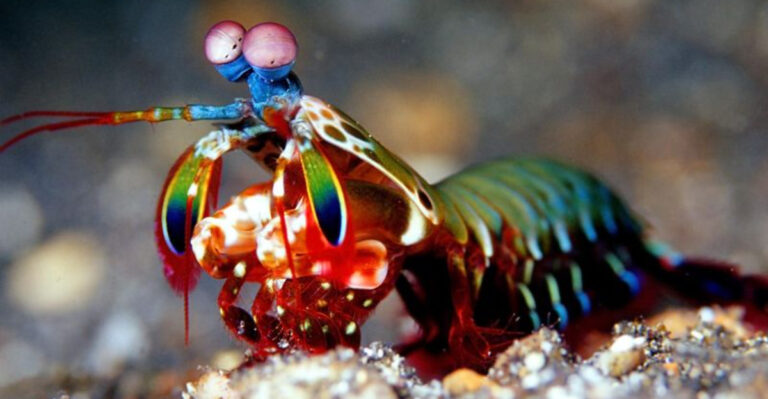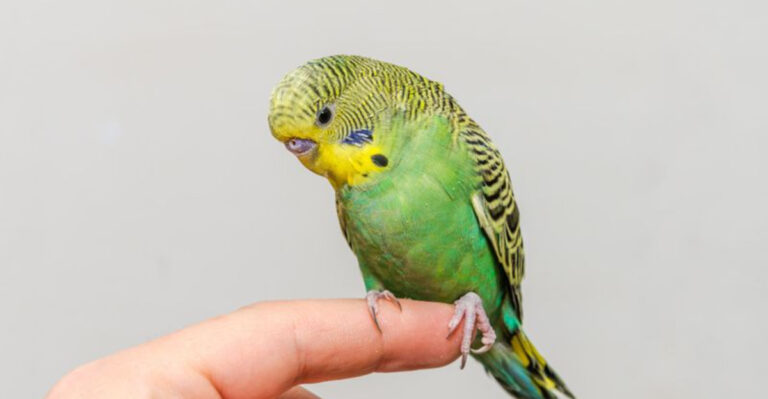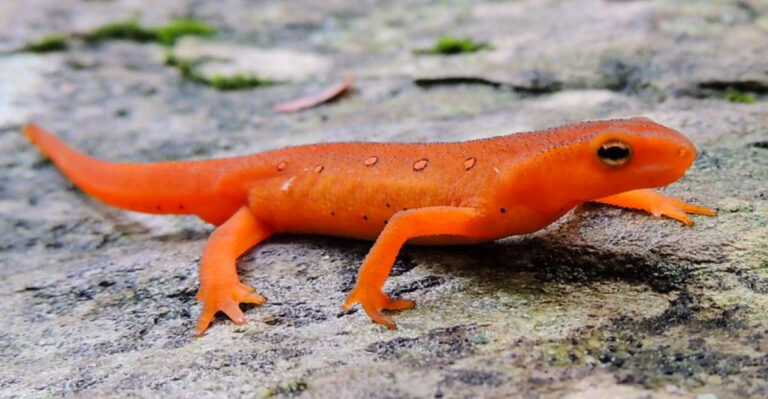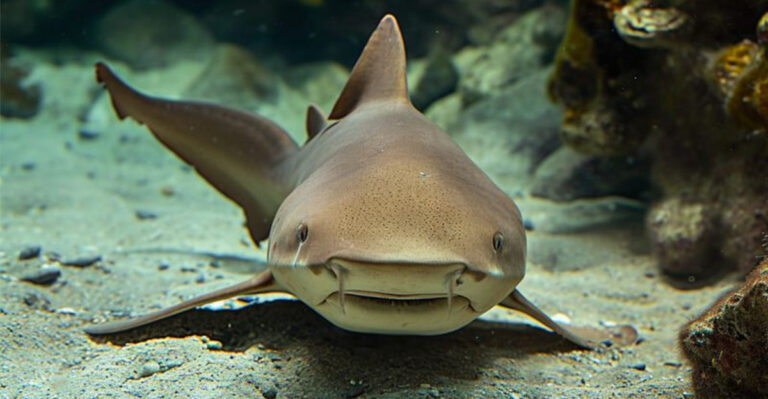8 Incredible Places In The U.S. Where Bison Still Roam Wild (And 7 Places Where They Completely Disappeared)
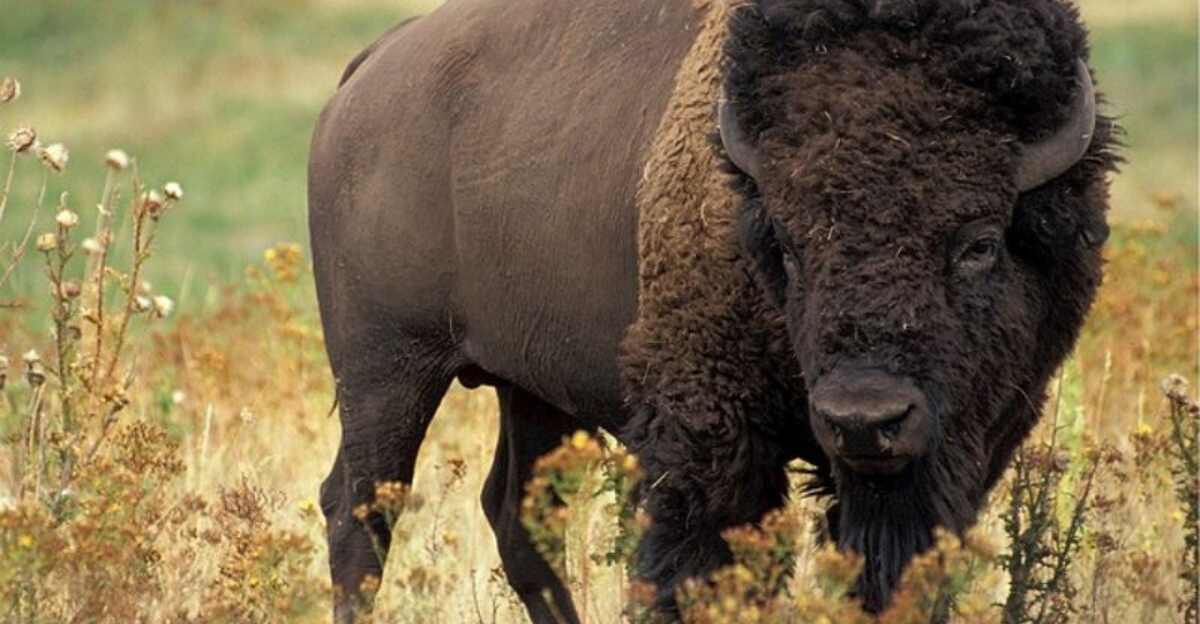
American bison once thundered across North America in herds so vast they shook the earth beneath them. These magnificent creatures, weighing up to 2,000 pounds, were nearly wiped out in the 1800s when their population plummeted from 30 million to fewer than 1,000.
Today, conservation efforts have helped bison make an incredible comeback in certain areas, while in others, their absence remains a stark reminder of what we’ve lost.
1. Yellowstone National Park: America’s Bison Sanctuary
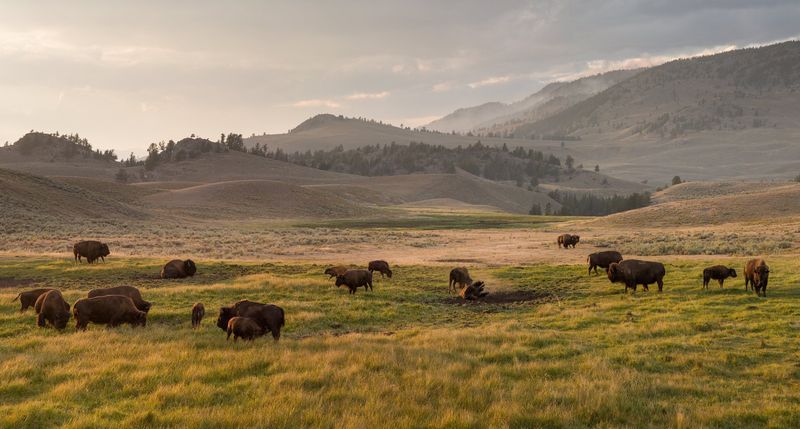
Yellowstone hosts America’s oldest and largest wild bison herd, with roughly 5,000 animals roaming freely. These magnificent creatures have lived continuously in the area since prehistoric times, making them genetically pure and incredibly valuable to conservation efforts.
Visitors often spot these one-ton behemoths grazing in Lamar Valley or Hayden Valley. Remember to keep a safe distance—bison may look docile but can charge at speeds of 35 mph when threatened!
2. Grand Teton National Park: Where Bison Meet Mountains
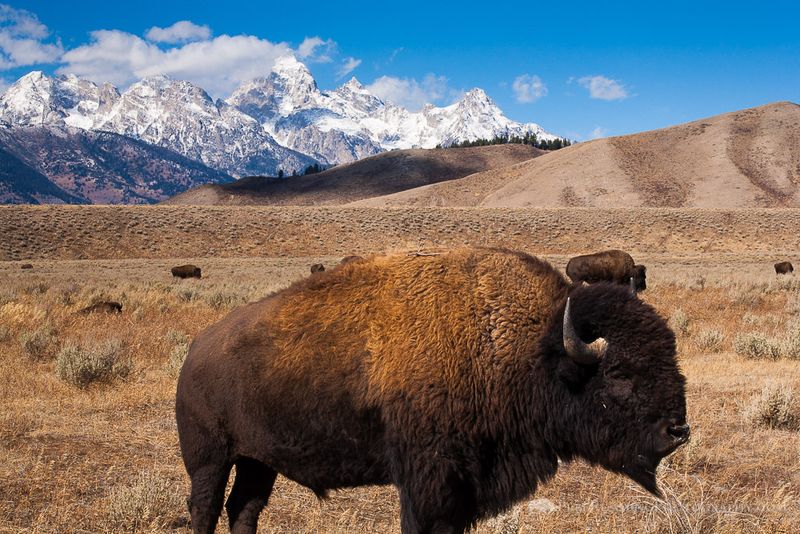
Just south of Yellowstone, Grand Teton provides another sanctuary for approximately 500 wild bison. The sight of these massive animals grazing beneath the jagged Teton mountain range creates one of America’s most iconic wildlife scenes.
The herd migrates seasonally between Jackson Hole and the highlands. Lucky visitors might witness bison crossing the Snake River during their movements, a breathtaking display of natural behavior rarely seen elsewhere in modern America.
3. Theodore Roosevelt National Park: Presidential Bison Legacy
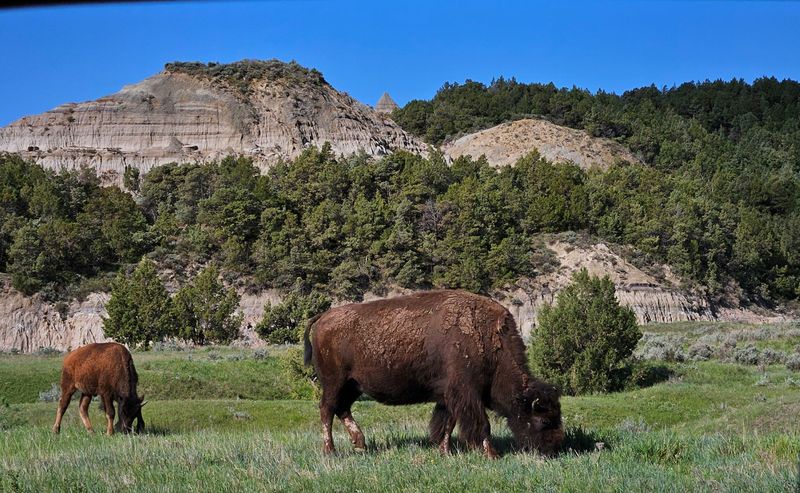
Named for the president who helped save bison from extinction, this North Dakota park maintains several hundred wild bison across its rugged badlands. Roosevelt himself ranched in this area and became passionate about bison conservation after witnessing their near-disappearance.
The park’s bison roam freely through colorful buttes and prairie grasslands. Visitors exploring the park’s scenic drives often encounter them crossing roads or wallowing in dusty depressions, behaviors that have remained unchanged for thousands of years.
4. Wind Cave National Park: Underground Wonder, Aboveground Bison
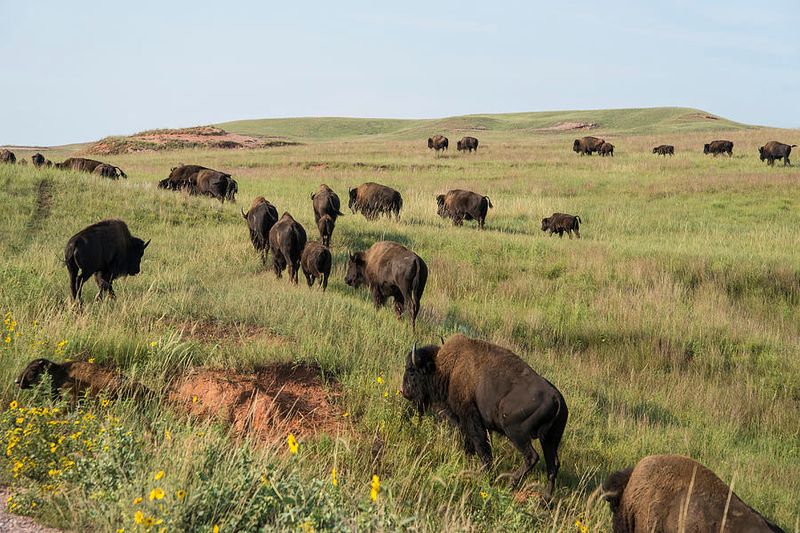
This South Dakota park offers a unique combination: one of the world’s most complex cave systems below and a thriving bison herd above. Approximately 350 bison graze the mixed-grass prairie ecosystem, helping maintain its natural balance.
The park’s herd descends from animals saved by the American Bison Society in 1913. Wind Cave’s prairie represents one of the last remaining examples of the mixed-grass ecosystem that once covered millions of acres across the Great Plains.
5. Badlands National Park: Ancient Giants On Ancient Lands
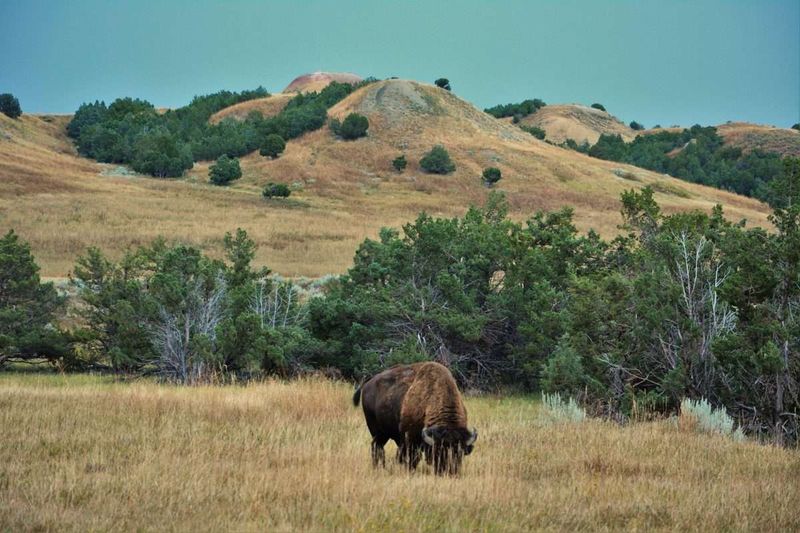
The otherworldly landscape of South Dakota’s Badlands provides a dramatic backdrop for approximately 1,200 bison. These animals thrive among the park’s eroded buttes, pinnacles, and spires that showcase 75 million years of geological history.
Reintroduced in 1963, today’s herd helps maintain the prairie ecosystem. Visitors driving the Badlands Loop Road frequently spot bison, especially near Sage Creek Rim Road, where the animals often gather near prairie dog towns in a fascinating ecological relationship.
6. Antelope Island: Bison Paradise In A Salt Lake
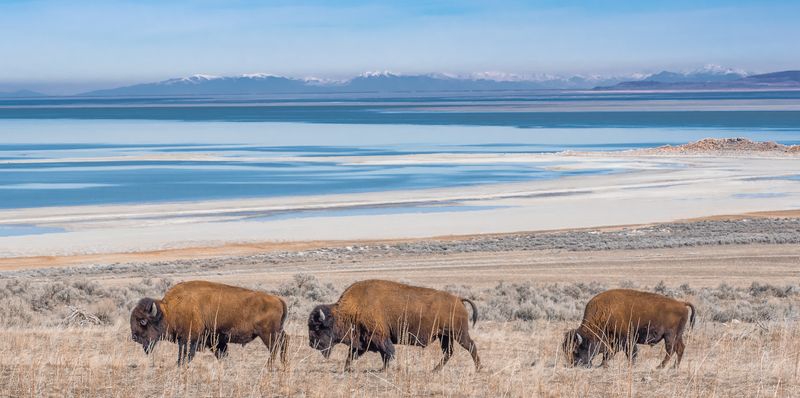
Rising from Utah’s Great Salt Lake, Antelope Island hosts one of the nation’s oldest public bison herds, established in 1893. Approximately 500-700 bison inhabit this unexpected sanctuary, creating a striking contrast against the backdrop of salt flats and mountain views.
Each fall, the island hosts a bison roundup where riders on horseback gather the herd for health checks. This spectacular event draws thousands of spectators who witness living history as the massive animals thunder across the landscape.
7. Henry Mountains: America’s Last Wild Bison Discovery
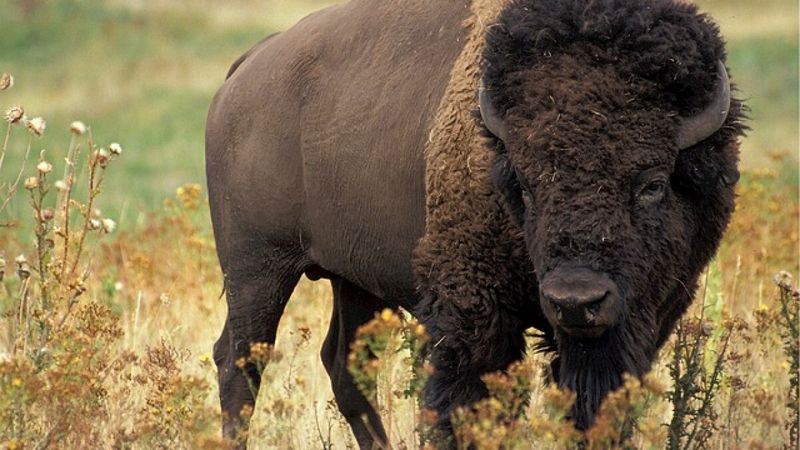
Utah’s remote Henry Mountains harbor something extraordinary: the only genetically pure, free-roaming, and huntable bison herd in America. These 300-400 animals descended from Yellowstone bison transplanted in the 1940s and have never interbred with cattle.
Unlike most conservation herds, these bison are truly wild. They receive no supplemental feeding or management beyond occasional population control through limited hunting permits. The rugged, isolated terrain they inhabit was the last mountain range in the continental U.S. to be mapped.
8. American Prairie Reserve: Recreating A Lost Ecosystem
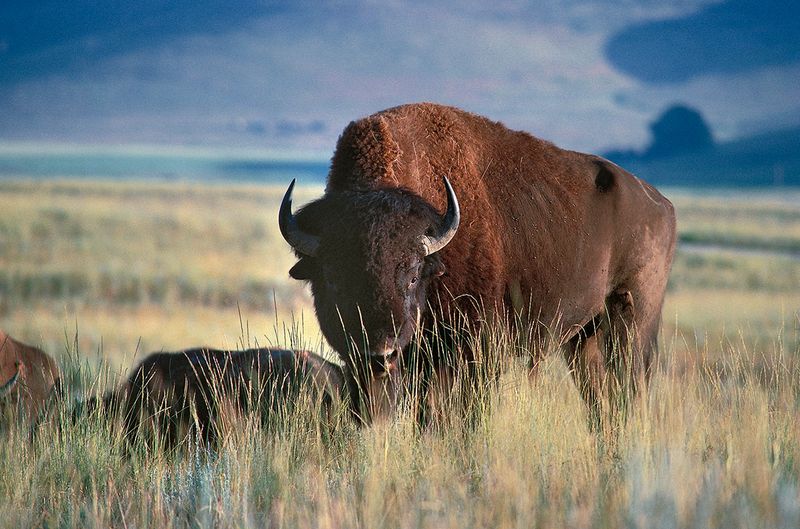
This ambitious conservation project in Montana aims to create the largest wildlife reserve in the continental United States. Currently spanning over 400,000 acres with plans for expansion, the reserve already hosts over 800 bison as part of its ecosystem restoration efforts.
Unlike many conservation herds, these bison live as wild animals in a natural social structure. The reserve’s ultimate goal is connecting protected lands to create a 3-million-acre wildlife park where bison can migrate naturally, just as they did centuries ago.
9. The Great Plains: Once America’s Bison Heartland
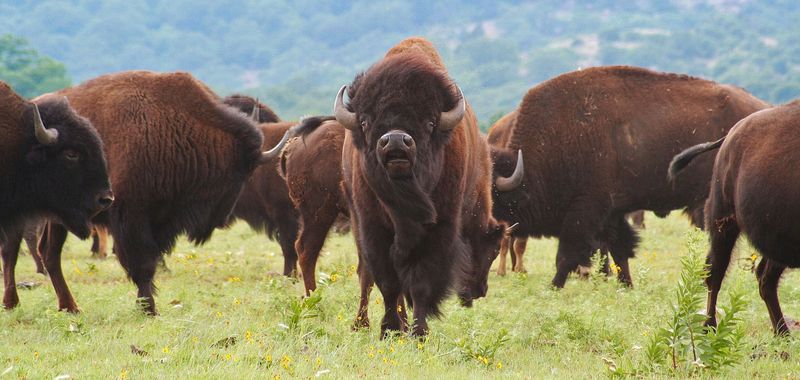
Stretching from Texas to Canada, the Great Plains once supported tens of millions of bison. These grasslands evolved with bison over thousands of years, creating a perfect symbiotic relationship. The animals’ grazing patterns, wallowing behavior, and even their manure helped maintain the prairie ecosystem.
By 1890, commercial hunting had reduced the population to fewer than 1,000 animals. Today, while small conservation herds exist, the sight of millions of bison darkening the horizon is lost forever. The ecological impact of their absence continues to affect prairie health.
10. California’s Lost Giants: The Forgotten Western Herds
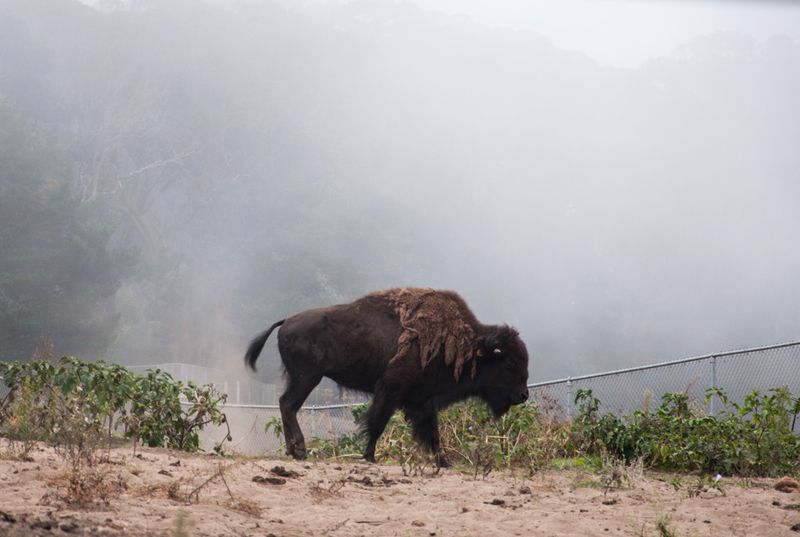
Few Californians realize bison once roamed their state naturally. Historical records and archaeological evidence confirm bison inhabited the Sacramento and San Joaquin Valleys, with some populations extending into southern California’s inland valleys.
Spanish explorers documented bison in California as late as the 1700s. The state’s herds likely disappeared by the early 1800s due to hunting pressure and habitat changes. Today, the only bison in California live in managed settings like wildlife preserves and private ranches.
11. The Southeast’s Vanished Bison: A Forest Ecosystem Changed
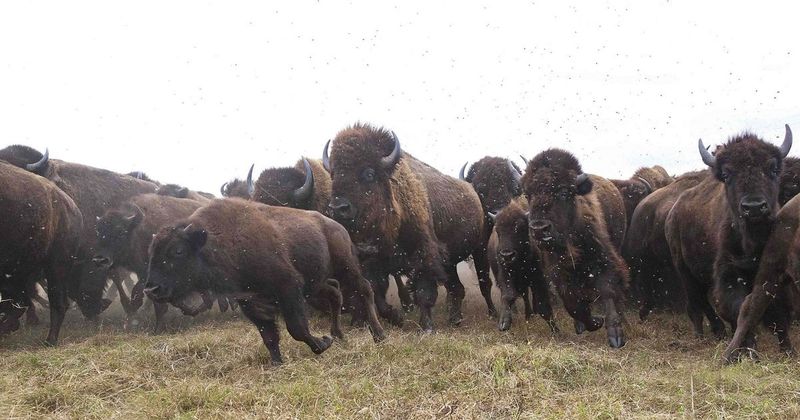
Contrary to popular belief, bison weren’t just plains animals. Eastern bison subspecies once thrived throughout southeastern forests and canebrakes from Florida to the Carolinas, creating natural clearings that supported unique plant communities.
These woodland bison were slightly smaller than their plains cousins. They carved trails through forests that Native Americans later used as travel routes. The last eastern bison was reportedly killed in West Virginia in 1825, altering forest ecology throughout the region.
12. New England’s Forgotten Herds: The Northeastern Range
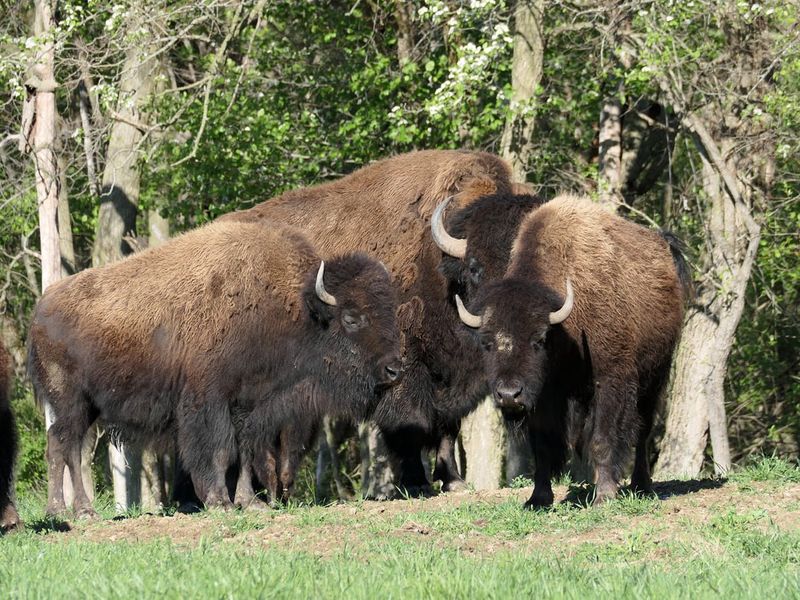
Archaeological evidence and colonial accounts confirm bison once inhabited parts of New England and the northeastern states. Though never as numerous as in the Great Plains, these animals played important ecological roles in creating meadows and edge habitats.
Early European settlers documented bison in western Pennsylvania, New York, and even parts of Vermont. Habitat loss and hunting eliminated them by the late 1700s, long before most Americans realized what had been lost. Today, the region’s forests have reclaimed many areas that bison once kept open.
13. The Pacific Northwest: Bison’s Westernmost Range
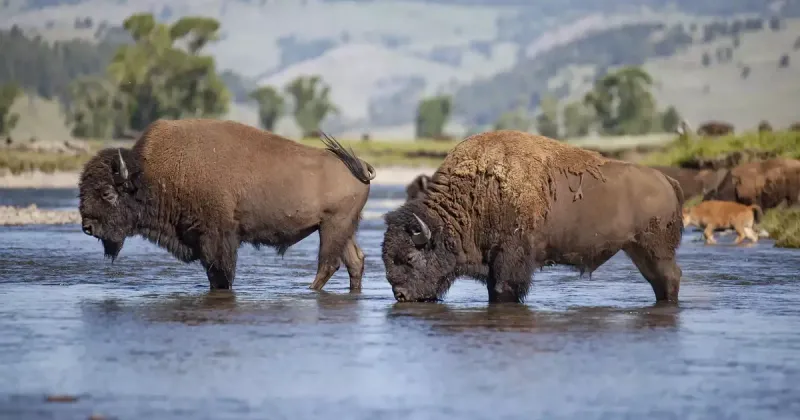
Historical accounts and Native American oral traditions confirm bison once ranged into parts of eastern Oregon, Washington, and Idaho. These animals followed the Columbia River basin and thrived in the region’s intermountain grasslands.
Lewis and Clark documented bison in the Columbia Basin during their expedition. By the mid-1800s, these populations had vanished due to hunting pressure and competition with settlers’ livestock. Today, conservation herds in eastern Oregon and Washington attempt to restore this lost ecological relationship.
14. The Southwest’s Desert Bison: Adaptation At The Edge
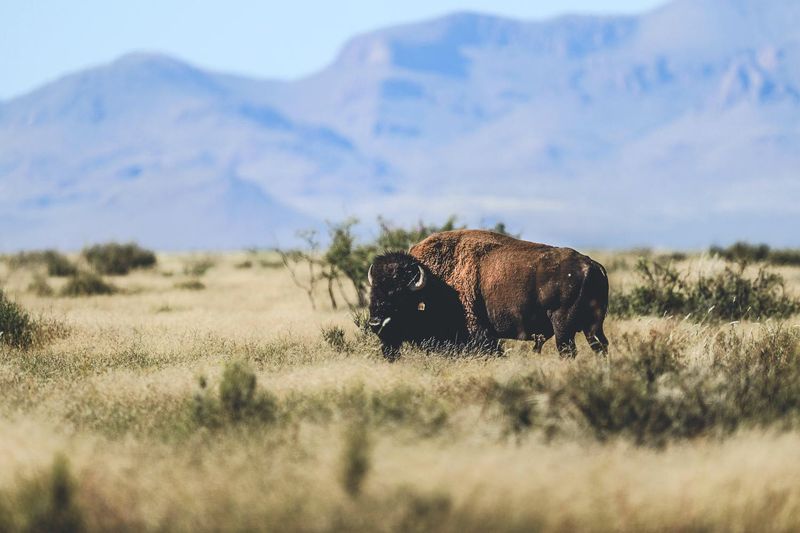
Bison once inhabited surprising parts of the American Southwest, including portions of Arizona, New Mexico, and west Texas. These animals adapted to arid environments by migrating seasonally and utilizing scattered water sources.
Archaeological evidence shows Native American cultures in the region hunted bison for thousands of years. Spanish explorers documented herds in the 1500s. By the late 1800s, these desert-adapted populations had disappeared completely. Their ecological niche in maintaining desert grasslands remains unfilled.
15. The Great Lakes Region: Bison’s Northern Frontier
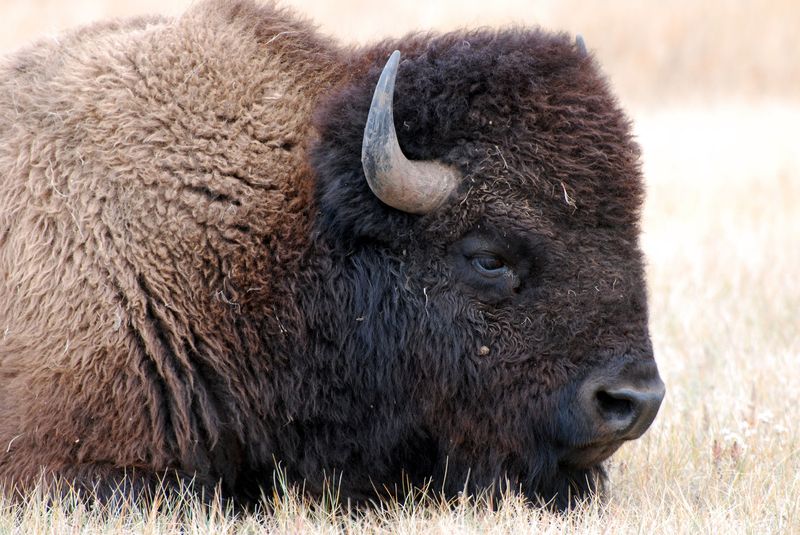
Historical records confirm bison once inhabited the prairie peninsulas and oak savannas surrounding the Great Lakes. These animals were particularly numerous in what is now southern Michigan, northern Indiana, Illinois, and Wisconsin.
Native American groups in the region incorporated bison into their cultures and economies. European settlers reported seeing herds as late as the early 1800s. By 1830, habitat conversion to agriculture and unregulated hunting had eliminated them completely from the region.

